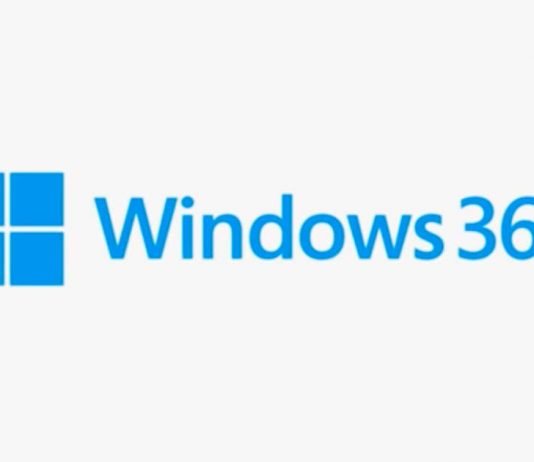Microsoft is planning to fully transition its operating system, Windows, to the cloud. This move is set to revolutionize how users interact with the operating system, making it accessible from any device, anywhere, with an internet connection.
Microsoft already has a similar product in the market, Windows 365, which allows corporate clients to run a virtual PC on Windows 10 in the cloud. However, the company’s future plans involve making this service available to the general public. This intention was declared in an internal presentation, State of the Business, where Microsoft outlined the future development of Windows 365 as a “full-fledged Windows operating system from the cloud on any device.”
Currently, Windows 365 is only available to commercial clients, but the service has already been deeply integrated into Windows 11. A future update will include the Windows 365 Boot feature, which will allow Windows 11 devices to directly boot into the cloud OS, instead of the local operating system. Thanks to Windows 365 Switch, users will be able to instantly switch between them using Task View (virtual desktops).
The idea of fully transitioning Windows to the cloud is also interesting from the perspective of uniform use of its capabilities on any hardware, different from the classic x86 architecture. Microsoft has already made a special version of the OS for its Surface Pro X devices based on ARM. Recently, we heard that Microsoft has started developing its own processors with this architecture and may be working on chips for accelerating AI work.
Microsoft’s move to a fully cloud-based Windows is a response to the threat posed by Google’s Chromebook. The commercial aspect of the question lies in the intention to increase its share among cloud PCs, in which the main operating system used is Windows 365.


